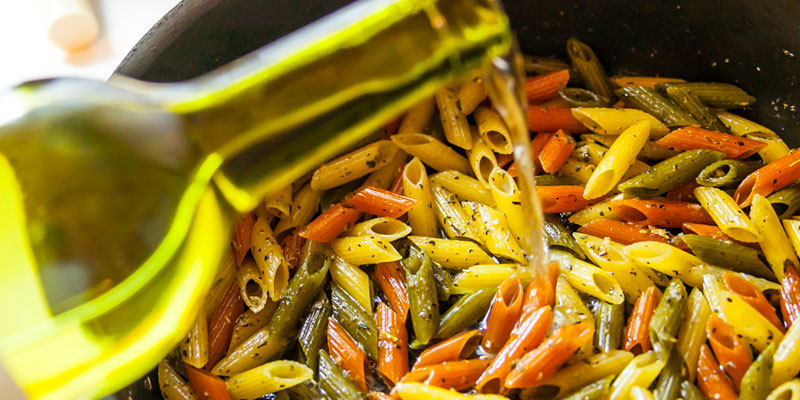When it comes to cooking with wine, conventional wisdom suggests a tried and true rule: one for the dish, two for the chef. But the truisms don’t end there, and some of them are downright contradictory. We’ve all heard that you should never cook with a wine you wouldn’t drink (thank you, Ina Garten!), but then, who wants to waste an expensive wine by cooking with it? Where does the happy medium lie?
While basic “cooking wine” can be found in the soup aisle of the grocery store (and trust us, you definitely don’t want to drink from that bottle), excellent value-driven options can also be found at the wine shop. Whether the recipe calls for red or white, look for clean, light- to medium-bodied, fruit- and acid-driven wines; avoid heavy wines with lots of oak or tannin, as they will clash with the flavors of most dishes. This will allow the wine to contribute brightness to the dish without any harsh flavors. As for price point, the sweet spot for cooking wine falls around $10 to $15, -offering both quality and value.
What are you waiting for? Throw on an apron and get cooking with these favorite bottles!
NV Castillo Perelada ‘Blanc Pescador,’ Catalunya, Spain
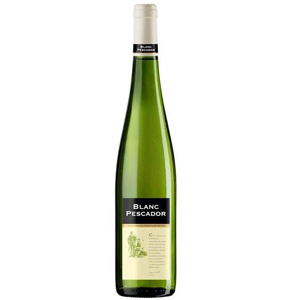 This super-popular wine among Spaniards is such a crowd pleaser that your food will want to drink it, too. A blend of Macabeo, Parellada, and Xarello, the Blanc Pescador is just slightly sparkling, essentially making it baby Cava. Don’t worry — the effervescence won’t affect the dish at all; the bubbles will flatten as the wine is cooked, but they will certainly perk up the chef! Fresh, clean, lemony and with a touch of rocky minerality, this low-alcohol wine makes the perfect sous-chef.
This super-popular wine among Spaniards is such a crowd pleaser that your food will want to drink it, too. A blend of Macabeo, Parellada, and Xarello, the Blanc Pescador is just slightly sparkling, essentially making it baby Cava. Don’t worry — the effervescence won’t affect the dish at all; the bubbles will flatten as the wine is cooked, but they will certainly perk up the chef! Fresh, clean, lemony and with a touch of rocky minerality, this low-alcohol wine makes the perfect sous-chef.
2015 Weingut Josef Leitz ‘Leitz Out’ Riesling, Rheingau, Germany
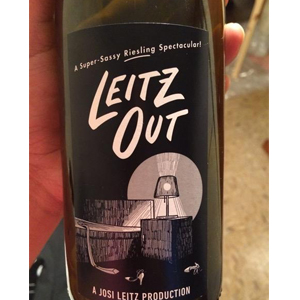 Riesling makes a great cooking wine because of its high acidity, but take care not to grab a sweet version or there might be an extra dose of sugar added to the dish! This dry, entry-level option from one of the Rheingau’s top producers is an excellent choice. With clean, ripe peach and Meyer lemon flavors, it cooks down easily (and goes down even easier).
Riesling makes a great cooking wine because of its high acidity, but take care not to grab a sweet version or there might be an extra dose of sugar added to the dish! This dry, entry-level option from one of the Rheingau’s top producers is an excellent choice. With clean, ripe peach and Meyer lemon flavors, it cooks down easily (and goes down even easier).
2015 Esporao ‘Monte Velho’ Branco, Alentejo, Portugal
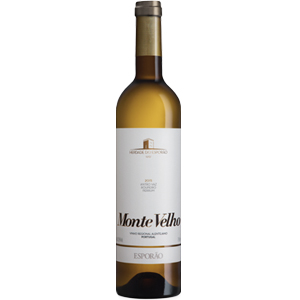 Lesser-known winemaking countries are excellent sources of chef-approved cooking wine because they typically offer better quality for the money. This value-driven blend of Antao Vaz, Roupeiro, and Perrum is a Portuguese staple, offering lush fruit and a bit more body without any flavors of oak. For the cook who prefers a richer wine that still retains freshness, this is the way to go.
Lesser-known winemaking countries are excellent sources of chef-approved cooking wine because they typically offer better quality for the money. This value-driven blend of Antao Vaz, Roupeiro, and Perrum is a Portuguese staple, offering lush fruit and a bit more body without any flavors of oak. For the cook who prefers a richer wine that still retains freshness, this is the way to go.
2015 Leyda ‘Classic’ Pinot Noir, Leyda Valley, Chile
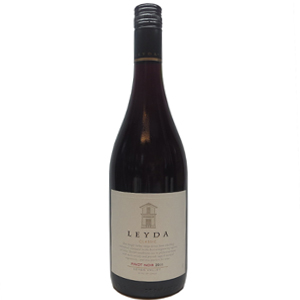 Pinot Noir is always a go-to option for easy-drinking wine, but Pinot Noirs come in all styles and (more importantly) prices. There’s no need to waste a glass of $50 wine when solid, undervalued options from lesser-known Pinot Noir countries exist. This entry-level bottle from a cool climate Chilean producer specializing in the grape strikes a balance, offering ripe, easy-drinking fruit flavors, but in a super-affordable package.
Pinot Noir is always a go-to option for easy-drinking wine, but Pinot Noirs come in all styles and (more importantly) prices. There’s no need to waste a glass of $50 wine when solid, undervalued options from lesser-known Pinot Noir countries exist. This entry-level bottle from a cool climate Chilean producer specializing in the grape strikes a balance, offering ripe, easy-drinking fruit flavors, but in a super-affordable package.
2014 Domaine la Montagnette ‘Sinargues’ Côtes du Rhône, Rhône Valley, France
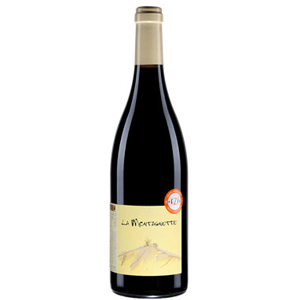 Fans of full-bodied wines like Cabernet Sauvignon might be tempted to reach for these familiar grapes for a cooking/drinking hybrid, but take caution: structured, tannic wines can leave harsh bitterness in a dish when cooked down. Look for wines with full, ripe fruit but less tannin, like a Grenache-based blend from the Côtes du Rhône. This bottle has a darker profile than most, with a blackberry, black cherry and wet-earth flavor set, but it remains low in tannin and super drinkable.
Fans of full-bodied wines like Cabernet Sauvignon might be tempted to reach for these familiar grapes for a cooking/drinking hybrid, but take caution: structured, tannic wines can leave harsh bitterness in a dish when cooked down. Look for wines with full, ripe fruit but less tannin, like a Grenache-based blend from the Côtes du Rhône. This bottle has a darker profile than most, with a blackberry, black cherry and wet-earth flavor set, but it remains low in tannin and super drinkable.
2014 Le Cantine di Indie ‘Polpo Rosso,’ Sicily, Italy
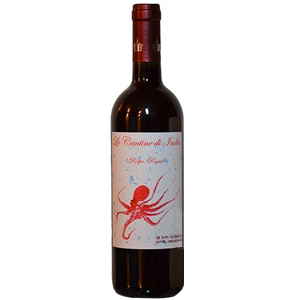 Most dishes will call for either a white or red wine, but what if the chef is really craving rosé? A light red is the way to go, like this pale, organically farmed Sicilian wine made from Nerello Mascalese. Its fresh, peppy red cherry and raspberry fruit will pop even more at cooler temperatures, so feel free to chill it before the dinner prep session!
Most dishes will call for either a white or red wine, but what if the chef is really craving rosé? A light red is the way to go, like this pale, organically farmed Sicilian wine made from Nerello Mascalese. Its fresh, peppy red cherry and raspberry fruit will pop even more at cooler temperatures, so feel free to chill it before the dinner prep session!

